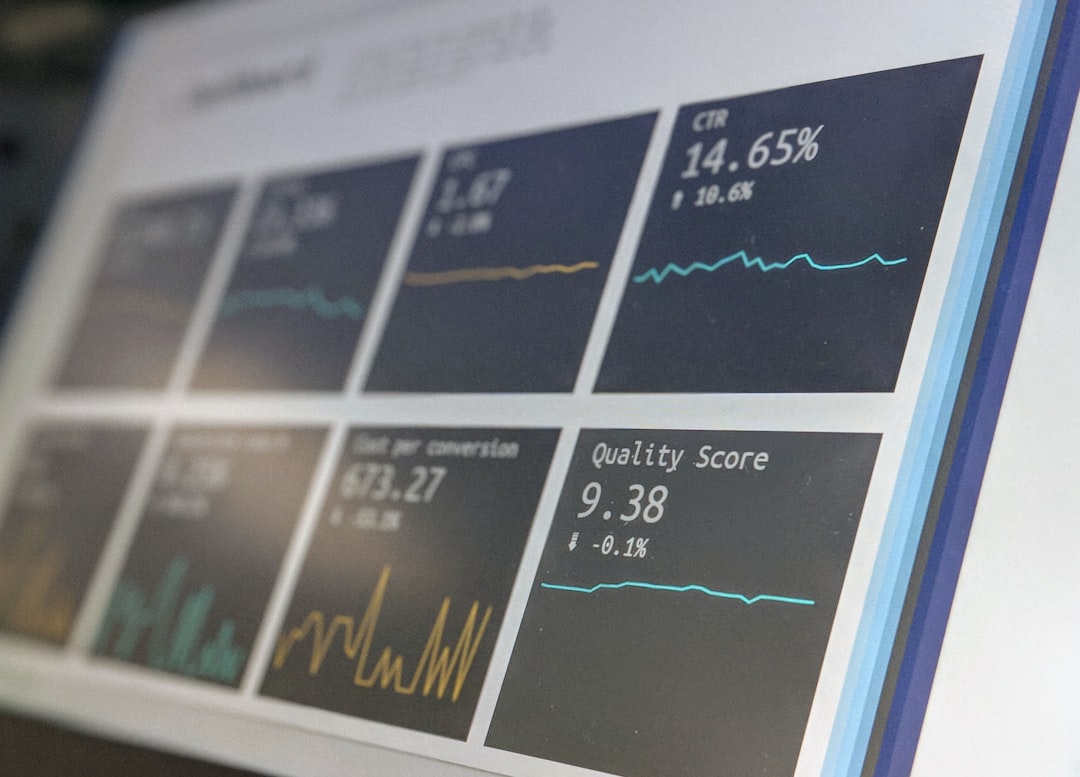In an age where cyber threats are evolving at an unprecedented pace, organizations are increasingly turning to real-time visibility and unified control systems to safeguard their digital assets. One of the most powerful tools aiding in this mission is the Ultimate Cybersecurity Dashboard. But what exactly defines such a dashboard, what features make it effective, and how can it dramatically increase your cybersecurity posture? Let’s explore.
Table of Contents
What Is an Ultimate Cybersecurity Dashboard?
An Ultimate Cybersecurity Dashboard is a centralized interface that aggregates, visualizes, and contextualizes critical security data pulled from various components across an organization’s digital infrastructure. It presents this information in a coherent, actionable format, enabling IT and security teams to identify vulnerabilities, detect anomalies, and make informed decisions in real time.

Unlike traditional dashboards that might only report selective data sets, an ultimate version is designed to provide end-to-end visibility. It integrates threat intelligence, system health status, user behavior analytics, and more into one unified pane of glass.
Key Features of an Ultimate Cybersecurity Dashboard
- Real-Time Threat Detection: Uses automation and AI algorithms to identify threats as they happen, reducing mean time to detection (MTTD) and mean time to response (MTTR).
- Customizable Visualization: Offers configurable widgets and charts so security teams can tailor data views by relevance and priority.
- Integrated Threat Intelligence: Combines internal security data with external feeds to provide contextual awareness of emerging threats.
- Alerting System: Sends alerts via multiple channels like email or SMS based on programmable rules and thresholds.
- Compliance Monitoring: Tracks adherence to frameworks like GDPR, HIPAA, or ISO 27001 with pre-built compliance modules.
- User Activity Monitoring: Identifies suspicious user behaviors and potential insider threats through behavioral analytics.
- Role-Based Access Control (RBAC): Ensures that only authorized personnel can view or act on specific dashboard features based on their roles.
Benefits of Implementing an Ultimate Dashboard
Deploying an ultimate cybersecurity dashboard delivers extensive benefits across both technical and administrative dimensions:
- Improved Incident Response: With a full-view of network activities and real-time alerting, teams can swiftly investigate and respond to threats.
- Operational Efficiency: By centralizing multiple security tools into a single interface, the dashboard eliminates redundancy and simplifies management.
- Enhanced Visibility: Full-spectrum visibility across endpoints, servers, cloud assets, and applications gives teams the insight needed to secure all vectors.
- Data-Driven Decision Making: Visual analytics help stakeholders understand vulnerabilities and trends, aiding in resource allocation.
- Regulatory Readiness: Built-in compliance features streamline audit processes and ensure you’re not caught off guard by regulatory reviews.

In essence, a well-designed cybersecurity dashboard acts as the nerve center of an organization’s entire security architecture. It transforms data into visibility and visibility into actionable intelligence.
Common Use Cases
Organizations across industries employ ultimate dashboards for a variety of use cases:
- Enterprise Threat Monitoring: Large businesses use dashboards to track multiple data streams—ranging from firewall logs to SIEM outputs—in one place.
- Cloud Security Oversight: With most enterprises operating hybrid or multi-cloud environments, dashboards track cloud-specific indicators such as misconfigurations, access anomalies, and API calls.
- Security Operations Center (SOC) Integration: Dashboards enhance SOC efficiency by aggregating alert triage, ticketing systems, and analysis tools on a single display.
- Executive-Level Reporting: C-suite stakeholders, particularly CISOs, rely on dashboards for simplified KPIs and compliance overviews without delving into technical minutiae.
- Incident Forensics: Post-incident timeline reconstructions and root cause analysis become more manageable with accessible and historical dashboard data.
Conclusion
The Ultimate Cybersecurity Dashboard is no longer a luxury—it’s a necessity. As cyber threats continue to grow in volume and sophistication, having an orchestrated, real-time overview of your security posture can make the difference between a minor incident and a devastating breach.
By harnessing features like real-time threat detection, granular user monitoring, and automated compliance reporting, organizations can not only detect and respond faster but also make more strategic and data-informed decisions about their cybersecurity investments.
Whether you operate a global enterprise or manage a smaller network with valuable assets, upgrading to an ultimate cybersecurity dashboard should be a top priority in your digital defense strategy.




